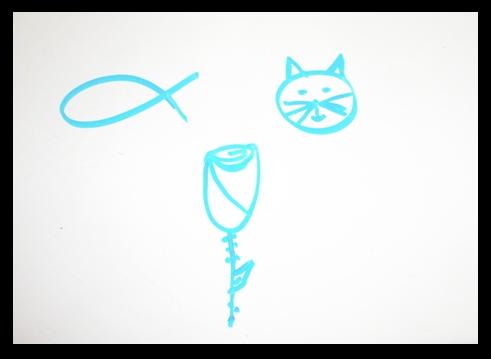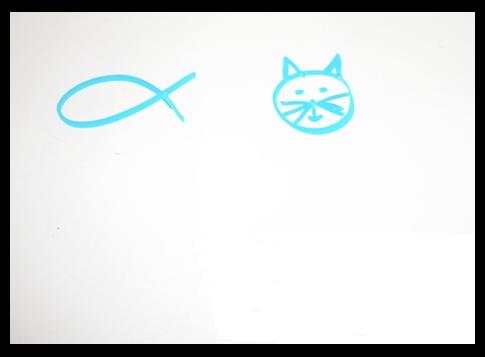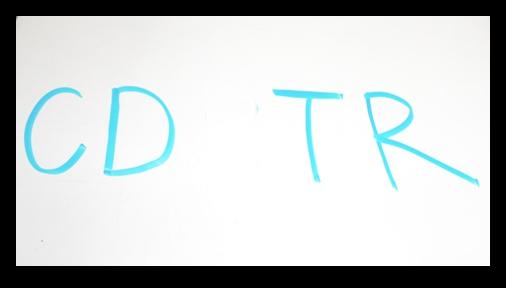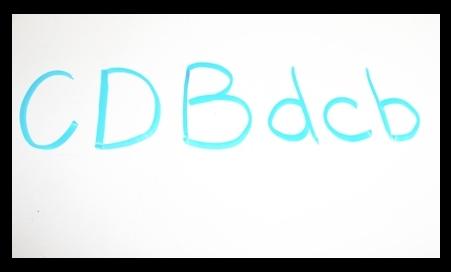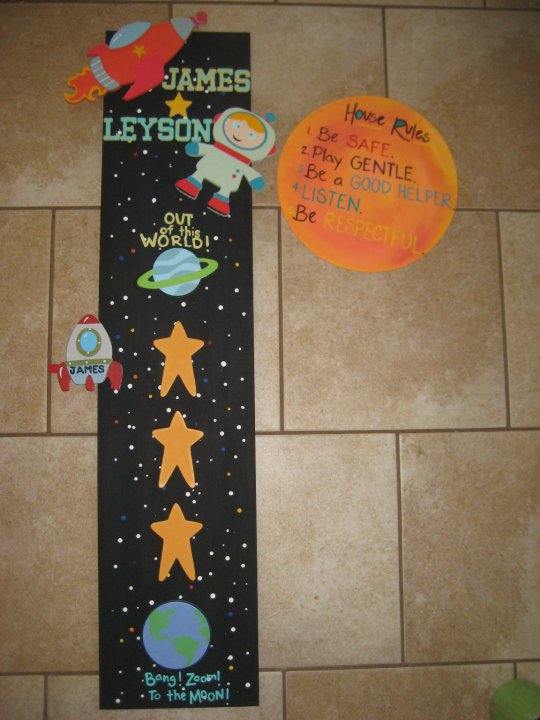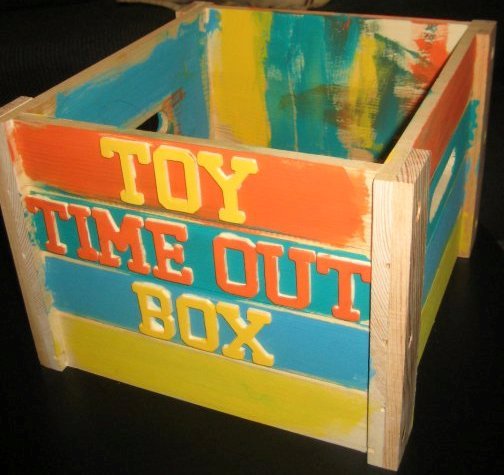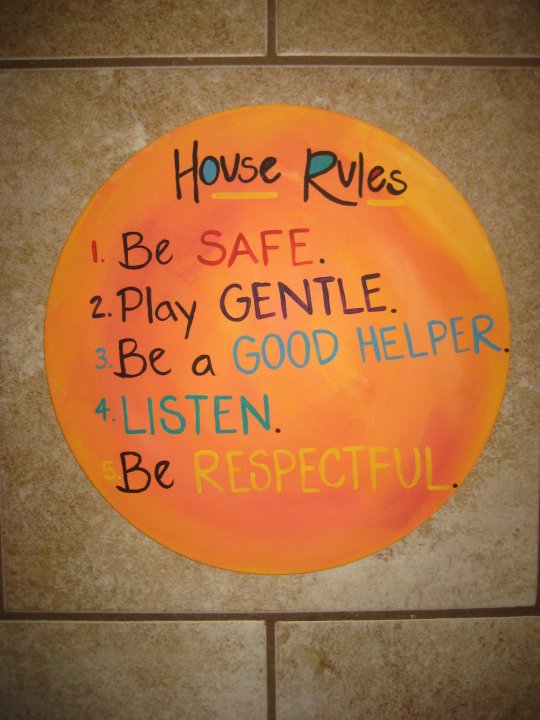I know some of you are ready for more easy ABC activities that you can do with your little ones to really reinforce their knowledge of letter names and letter-sounds.
Well, today’s activity IS going to be a great game for practicing those skills, but it is also going to be a great game to practice lots of other skills to!
Take a mini chalkboard, mini whiteboard, or even a paper and pencil with a great eraser. You basically just want any materials that you can use to wipe off what you have written/drawn. A white board would probably be the easiest to clean.
Today’s game is all about writing or drawing a letter or picture and using different prompts to get your child to erase the letter or picture you are referring to. You can play this game focusing on a lot of the skills that we have talked about in previous reading posts. Here are some examples of different ways to play, depending on what “step” your child is on.
 I got my whiteboard at WalMart 🙂
I got my whiteboard at WalMart 🙂
Practice rhyming:
Draw simple pictures on a whiteboard, and ask your child to wipe off a picture that rhymes with _______. Example: “I drew a fish, a cat, and a rose. Erase the picture that rhymes with NOSE ” (rose).
Practice listening for segmented words:
Draw simple pictures on a whiteboard, and ask your child to wipe off a picture that has these sounds /_/-_____. Example:“I drew a fish, a cat, and a rose. Erase the picture that has all the sounds /r/ – ose” by saying just the first sound and the rest of the word.
Or, if this skill comes easily, have your child “Erase the picture that has the sounds /r/-/ō/ /s/” by saying all the sounds in the word.
Practice letter recognition:
Write random letters on a whiteboard, and ask your child to wipe off a letter that you name. Example: “I am going to write some letters on the board, can you erase the letter ‘P’?” You can even put it to a tune like “The Farmer and the Dell” and sing “Erase the letter ‘P’ Erase the letter ‘P’ Which letter do you know to be the letter ‘P’?”
Practice Letter-sound relationships:
Write random letters on a whiteboard, and ask your child to wipe off a letter starts with a certain sound like /p/. Example: “I am going to write letters on the board, can you erase the letter that makes the sound /p/?”
Or to erase the picture that starts with the same sound as /r/abbit (rose).
Practice upper-lower case matching:
Write letter sets (upper and lower) on a whiteboard, and ask your child to wipe off the pairs of matching letters that you name. Example:”I am writing mommy and baby letters on the board, can you erase the “Bb” family?” –Remember that “baby “b” fits inside of momma “B’’s belly.

